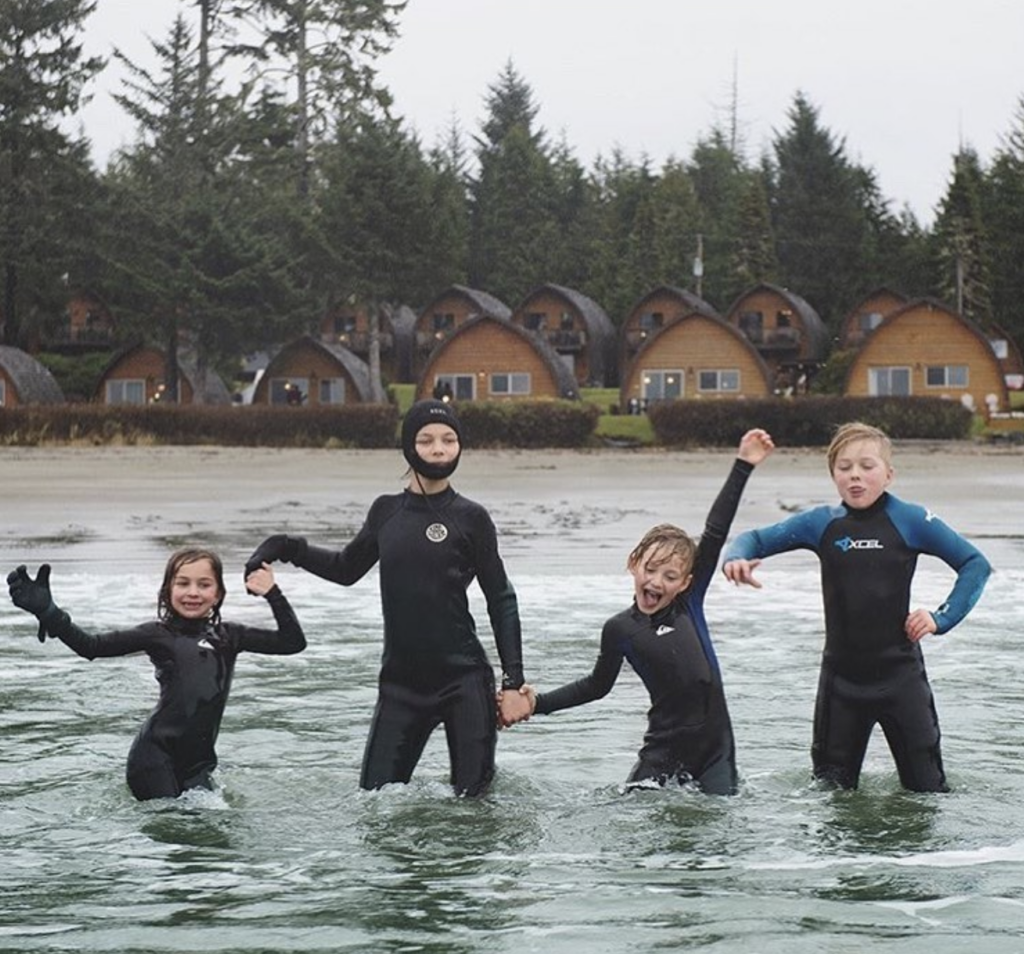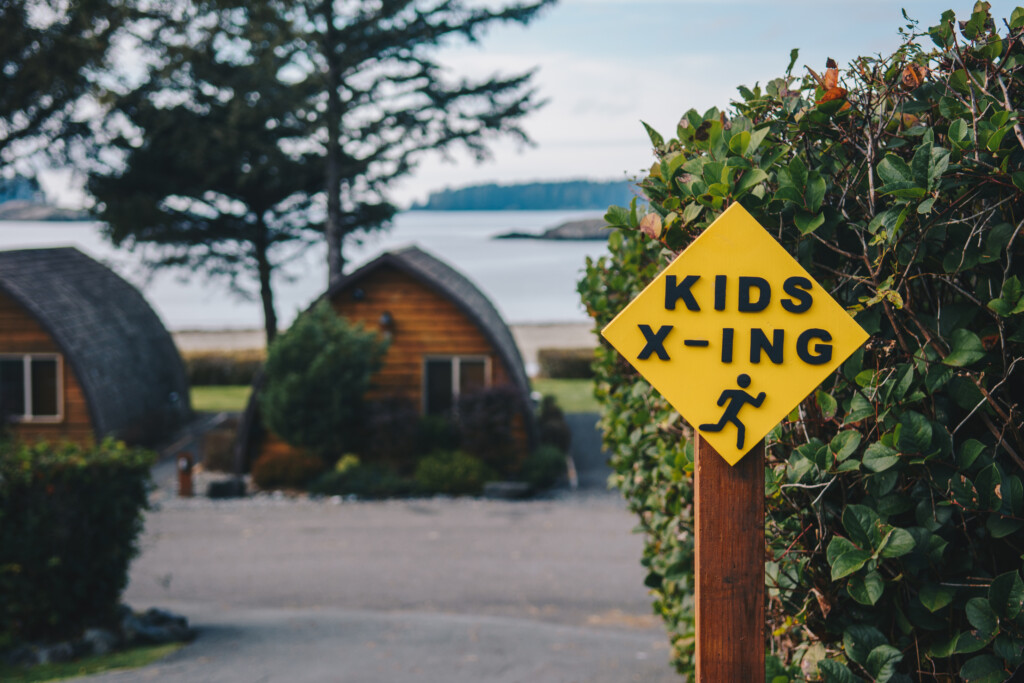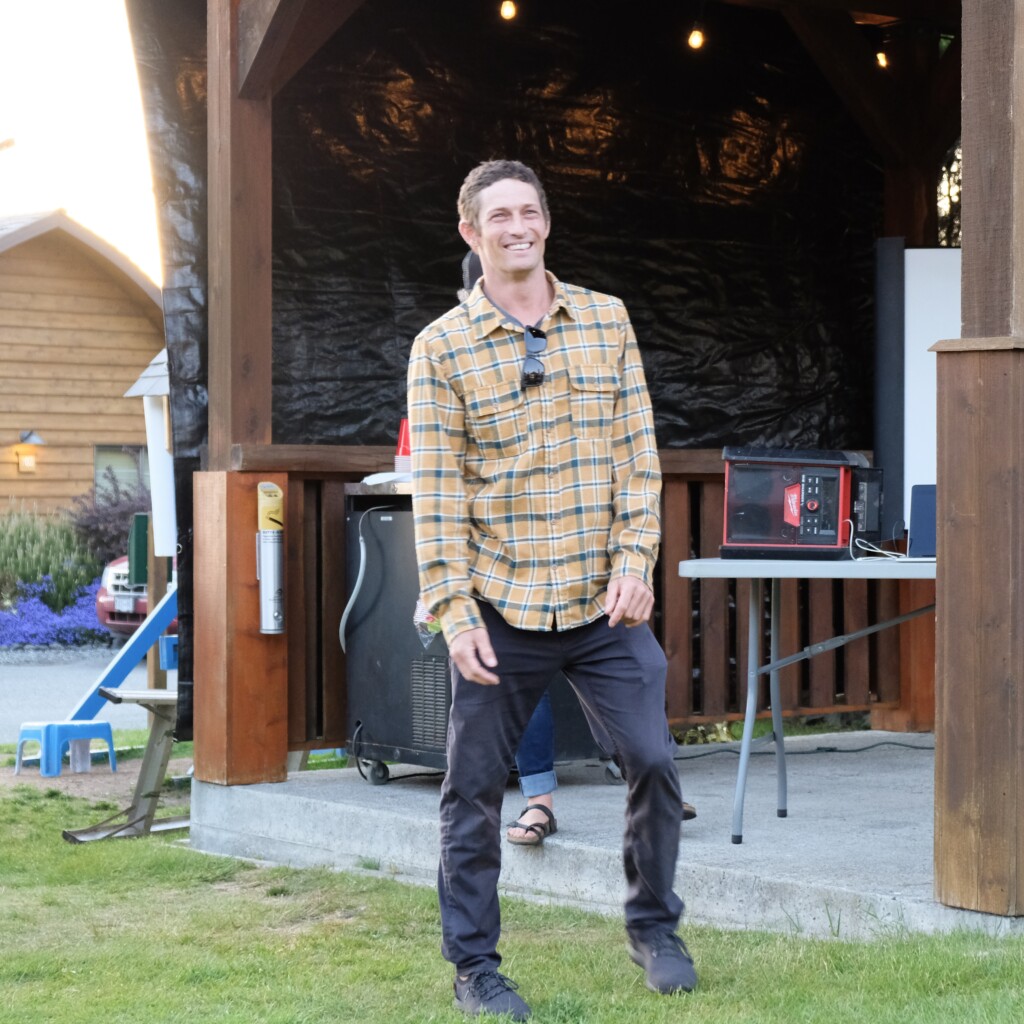
How did you first learn to play safely in the ocean?
How has growing up to become a professional surfer further taught you about the importance of safety when it comes to being in the powerful ocean?
The ocean is such a powerful, ever-changing place. No two days or two waves are ever the same. As someone who has put countless hours into being out there, I’ve learned many things over the years. I guess most importantly, it’s crucial to remember that you can never predict a session or a place (wave, beach, location) fully – no matter how many times you’ve paddled out. The ocean is always changing and evolving, so having continual respect for the ocean and for the dangers of being out there, even on the small wave days, is important.
Tell us a cautionary tale of a time when the ocean was more powerful than you.
I can remember one instance where I was surfing in the corner of Cox Bay here in Tofino by myself. Not another soul in the water. The waves were a decent size, around 8 feet on the face, but I had surfed that same spot hundreds of times before in very similar conditions. I fell while trying to do an air attempt and broke my leash, letting my board loose as it pushed in towards the shore on a wave. Without my board, I started swimming towards the beach not thinking much of it. Obviously, as a surfer, being a strong swimmer is a pre-requisite. I bodysurfed in on a wave, but it fizzled out in a riptide that was very strong and sucking out. I swam against the rip, but it was too strong for me to make it through without a board and I ended up getting sucked out all the way to sunset point. Eventually, I was able to climb up on the rocks at the tip of the point, just before I was sucked way further out to sea. I was exhausted and very close to being in a bad situation – a good reminder to activate the buddy system!
What would you suggest a young one who is afraid of getting in the ocean try in order to help them get more comfortable?
I always find that turning it into playtime is the best way to get someone to overcome their fears. I would suggest getting a simple game going in the shallows along the shoreline, and just having fun with them. Grab a frisbee, football, or some seaweed and just play. For parents, once your child starts concentrating on the game and laughing and smiling, they will forget they are even in the water and naturally get more comfortable with their new environment.

What are your top 5 tips for kids when it comes to playing in and around the ocean safely?
- Never turn your back on the ocean! This age-old saying is very important, especially when you are playing in and around waves like we have in Tofino. We have to teach kids that waves are always coming, so you must be aware at all times.
- Understand the conditions you are entering. If surfing, or even the ocean, is an entirely new place to play for you then it’s best to ask for advice from someone who has spent more time than you at that beach. Before you enter the ocean or allow your kids to, they should have a rough understanding of whether the tide is going in or out, what the dangers are associated with the spot you are entering (rocks, deep spots, swell, etc). Check the swell forecast to know if the swell is going to increase during your time in the water.
- Stay away from rocks and headlands. In general, these areas have stronger rips and currents near them, and sometimes these currents will pull you out beyond the breaking waves (especially if you’re a lightweight, small kid!) For experienced surfers, these rips can create fun peaks to surf and help you get to the takeoff of the wave if you know how to use them, but they can be dangerous for beginners.
- Activate the buddy system! Always make sure you have a friend or two in the water with you. If you are a youngster, parents should either be accompanying you in the water, or be close-by and watching you from the beach. I would advise that it’s best to actually be suited up in a wetsuit with your children in the water. They will feel safer and more confident if you’re nearby, and I promise that you’ll have a blast joining in the fun!
- Always cover your head! You might be surprised to find out that some of the most common injuries when surfing or playing in the water happen when the waves are small, and/or when it is very shallow. Remember to stay aware of your surroundings, and if you fall in the water or are swimming underwater and go to pop your head up, always protect your head by placing your hands and forearms over your face and top of head. This is just a precaution to protect yourself from other people in the water, but especially from run-away surfboards, boogie boards and SUPs that could be riding into shore on a wave with their rider.
- Bonus tip: give each other space in the water. Being too close to friends, family and other people can lead to collisions, especially when beginner surfers are involved. Remember, surfboards can be big objects out there! Spread out a little in the water (but stay within visible distance from guardians and buddies), and it’ll be more fun for everyone.



